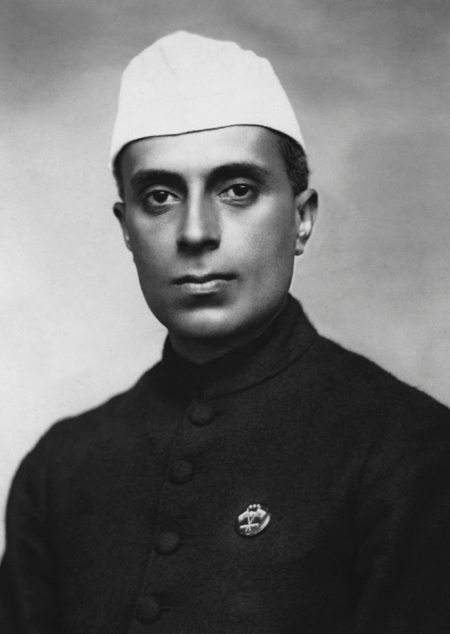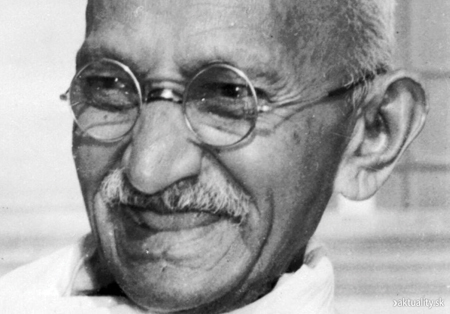Memento: Those Heady Years of a Newly Independent India!

The air was thick with patriotism, pride, and optimism as the soul of a nation, long suppressed, was finally finding utterance.
My nerves tingle even now as I churn in my mind the sweet memories of celebrating India’s independence every 15th of August with flag-hoisting ceremonies, parades, and cultural events, made special with the enthusiastic chanting of “Jana Gana Mana,” our national anthem. For a young nation, recently freed from the shackles of 200 years of British colonial rule, the air was thick with patriotism, pride, and optimism, especially on Independence Day.
Reflecting back on my childhood, I remember making a sly deal with my younger sister: she could have a bite from my two boondi laddoos that I received at my middle school every Independence Day—provided she did all my chores and shared her treats throughout the year! Since she was not yet in a school where ladoos were given, she fell for my offer! I realize now that my childish selfishness was not unlike the duguna lagaan (double taxation) that the British inflicted on the hapless Indians. I am sure somewhere in her subconscious, my sister remembers the price she had to pay for a mere half ladoo.
But what can be said about the price paid for the freedom of a nation? More than 13,500 martyrs sacrificed their lives! We read about the valor of Shaheed Bhagat Singh, Mangal Pandey, Rani Lakshmibai, Gopal Krishna Gokhale, Subhas Chandra Bose, Sarojini Naidu, and Sardar Patel in our history books. Lest we, the first generation born soon after Independence, forget it’s priceless value, we routinely and eagerly participated in skits recreating the Dandi March and the Salt Satyagraha, depicting the non-violent resistance and civil disobedience movement led by the Mahatma Gandhi. We piled books and imported clothes on crossroads, mimicking the pledge taken by our freedom fighters to boycott foreign goods.

My mother told us tales of how khadi became a symbol of defiance and how everyone had a charkha (spinning wheel) at home after Bapu (Mahatma Gandhi) came to their school and told them to spin their own cotton cloth. I have a handspun and woven kerchiefsized cloth made by my mother, which I brought with me to America. It reminds me never to overlook the value of freedom.
 I get chills when I think of the price of freedom and the aftermath of the Partition of India, which divided British India into India and Pakistan. The reckless execution by the British which so tragically split the nation caused widespread violent riots, claimed the lives of three million people, and displaced 15 million others, uprooting them from their ancestral homelands.
I get chills when I think of the price of freedom and the aftermath of the Partition of India, which divided British India into India and Pakistan. The reckless execution by the British which so tragically split the nation caused widespread violent riots, claimed the lives of three million people, and displaced 15 million others, uprooting them from their ancestral homelands.
And yet, we latched fervently onto the optimism of our leaders. I would get goosebumps listening to the resolute voice of Pundit Jawaharlal Nehru in the recording of his famous “tryst with destiny” speech, which was proudly played in schools and other public gatherings on Independence Day. Originally made on the eve of independence in 1947, Nehru’s seminal speech had reverberated far and wide throughout India over radio waves:
“Long years ago we made a tryst with destiny, and now the time comes when we shall redeem our pledge, not wholly or in full measure, but very substantially. At the stroke of the midnight hour, when the world sleeps, India will awake to life and freedom. A moment comes, which comes but rarely in history, when we step out from the old to new, when an age ends, and when the soul of a nation, long suppressed, finds utterance...
[Right] Jawaharlal Nehru (Keystone View Company/FPG, Public domain, via Wikimedia Commons)
I loved the eloquence of these profound words and imagined how my ancestors would have wept for joy as the Indian national flag unfurled above the Lahori Gate of the Red Fort in Delhi. I remember attending a parade in New Delhi in 1965 at the National War Memorial and India Gate, thanks to the passes obtained by my maternal uncle, who was a decorated General in the Indian Army. We witnessed the smartly marching army regiments, colorful floats, state dances, decorated camels, elephants, and the Indian Air Force displaying Indian colors in the sky. We all sang “Vande Mataram” and “Ae Watan, Ae Watan” with great gusto, and our hearts swelled with national pride.
Years later, my daughter performed at the Indian Independence Day parade in New York in the nineties, and I shared memories of our swadeshi outfits and the wonderful snacks we prepared to mark our Indian tricolor: chutney, butter, and ketchup sandwiches; tricolor pulao; green, white, and saffron kulfis; and shaved ice cones.

Memories of Partition
My father, Shri Swadesh Kumar Kapur, came to Amritsar from Lahore as a teenager during the Partition of India. My grandfather, Shri Gyanchand Kapur, was the head librarian at Punjab University in Lahore and well-connected with the literati there. But when riots started in their neighborhood and homes were looted and burned by their own Muslim friends, his heart broke, and he decided it was time to leave. I never asked how they planned their escape; they never spoke much of the horrendous events of the partition. From bits and pieces of conversations, I gathered that my father, a mere teenager at that time, was sent on a train by himself from Lahore to Amritsar. He navigated a journey fraught with danger as people were massacred for their faith, belongings, or for no reason at all.
 His family somehow managed to escape later. My father rarely spoke of those harrowing times— how they stayed in refugee camps, with extended families and friends helping one another, managing to survive by sheer resilience and a glimmer of hope under the banner of the Tricolor. They all rebuilt their lives. They carried their losses in their hearts, their sorrow erupting like a volcano when they gathered to discuss the fate of independent India and the pivotal roles played by Gandhi, Nehru, Jinnah, Bose, Rajendra Prasad, and millions of ordinary peace-loving Hindus and Muslims.
His family somehow managed to escape later. My father rarely spoke of those harrowing times— how they stayed in refugee camps, with extended families and friends helping one another, managing to survive by sheer resilience and a glimmer of hope under the banner of the Tricolor. They all rebuilt their lives. They carried their losses in their hearts, their sorrow erupting like a volcano when they gathered to discuss the fate of independent India and the pivotal roles played by Gandhi, Nehru, Jinnah, Bose, Rajendra Prasad, and millions of ordinary peace-loving Hindus and Muslims.
[Left] Mahatma Gandhi
Reflections on Freedom
Last month, as Americans, we lit up the skies with fireworks as we reveled in the power of Red, White, and Blue, celebrating our Independence Day. As Indian Americans, we cannot take freedom and independence from tyranny for granted. We have to remember the cost of independence and the work that we all have to do to ensure that the hard-earned freedom that our founding fathers gave us prevails in the two largest democracies in the world.
Monita Soni, MD, a retired pathologist from Decatur, Alabama, has recently moved to the metro Atlanta area. She is an impassioned freelance writer on arts, entertainment, culture, heritage, food, and more; and has been a regular contributor to NPR’s Sundial Writers Corner.
Enjoyed reading Khabar magazine? Subscribe to Khabar and get a full digital copy of this Indian-American community magazine.
blog comments powered by Disqus











